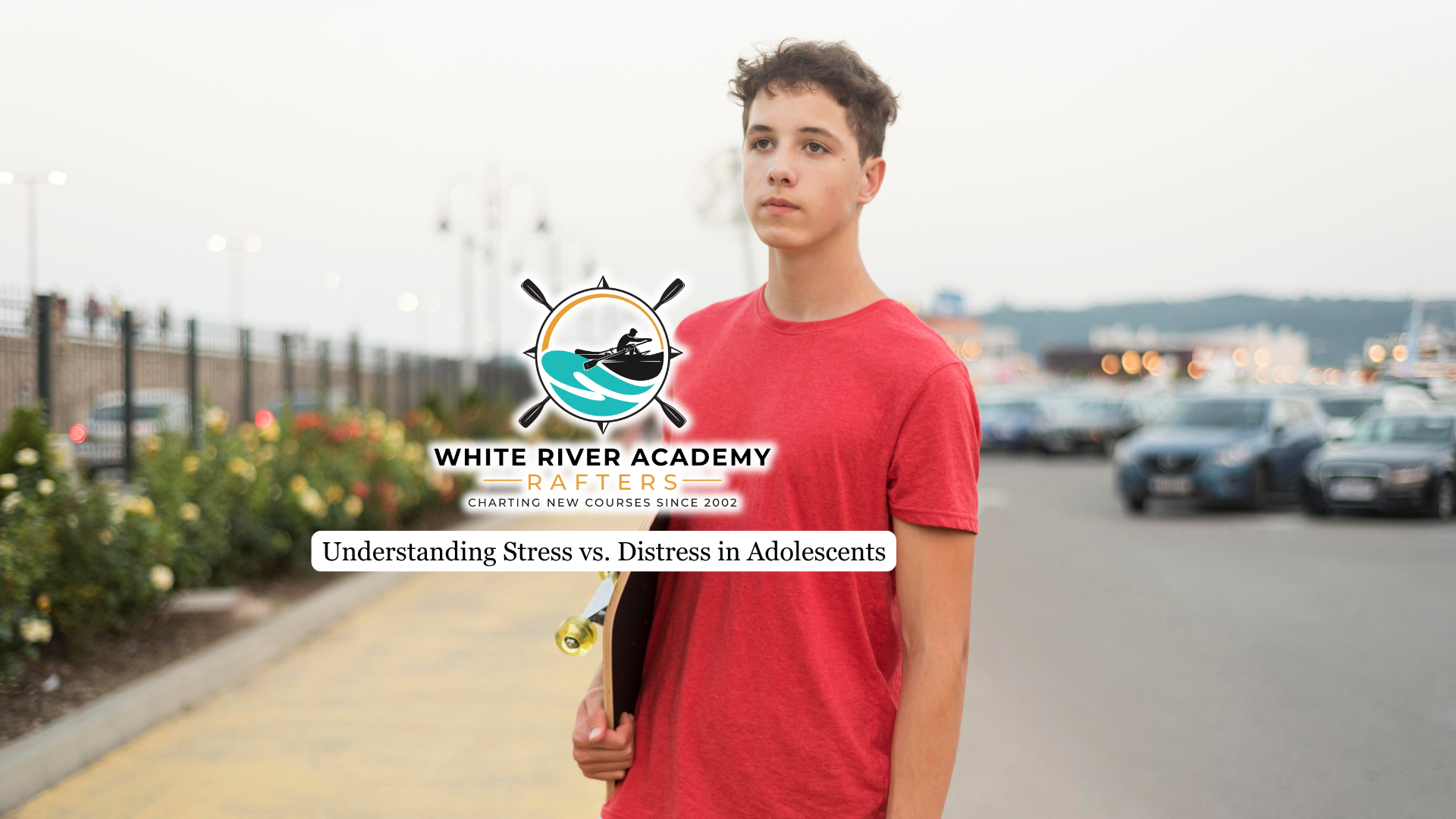Inpatient and outpatient treatment are two primary options for addressing a teen’s mental health and substance abuse issues. The choice between these treatments depends on several factors, including the severity of the condition, the level of support available at home, and the teen’s overall safety.
This article will explain the differences between the two, the advantages and disadvantages of each, and which factors to consider in choosing the appropriate treatment center.
Understanding Inpatient Treatment
Inpatient treatment is an intensive form of psychiatric care where a troubled teen is admitted to a specialized facility for a designated period. This type of treatment is designed for individuals who need 24/7 supervision and support due to the severity of their mental health challenges.
If you have a troubled teen, choosing the right treatment program is critical for a successful recovery. White River Academy in Utah offers a structured residential program that provides the intensive, supportive care many young men need to truly heal.
Who Is Inpatient Treatment For?
Inpatient programs are typically recommended for teens experiencing substance abuse issues co-occurring with severe mental health disorders, such as major depression, psychosis, or acute anxiety, that significantly impair their ability to function. It is also for those who may be at risk of harming themselves or others, or who are struggling with suicidal thoughts or self-harming behaviors. Admission may be necessary when outpatient care has not been effective or when the home environment is not supportive of recovery.
Structure and Daily Life in Inpatient Care
Teens follow a daily schedule that includes a variety of therapeutic activities, such as:
- Individual and group therapy sessions
- Medication management
- Educational classes
- Recreational and skill-building activities
This structured routine helps minimize external stressors and triggers, allowing teens to focus exclusively on their recovery.
The Role of Medical Professionals
A multidisciplinary team, including psychiatrists, psychologists, nurses, and counselors, closely monitors each patient. Their primary goals are to stabilize the teen’s condition, ensure safety, and help them develop effective coping skills for managing their mental health.
Benefits of a Controlled Environment
Inpatient facilities offer a safe, controlled setting that reduces exposure to outside influences and potential triggers. This environment supports intensive healing and allows for immediate intervention if a crisis arises.

When Is Inpatient Treatment Necessary?
Inpatient care is often the best option when:
- The teen poses a significant risk to themselves or others
- There is a need for crisis stabilization
- Previous outpatient treatments have not been successful
- The home environment is unsafe or unsupportive
Duration and Impact
While inpatient treatment can disrupt daily routines, such as school and extracurricular activities, it provides a critical opportunity for stabilization and intensive intervention. The length of stay varies based on individual needs and progress, typically ranging from a few days to several weeks.
Pros and Cons of Inpatient Treatment
Pros:
- Provides 24/7 supervision and support in a highly structured and safe environment.
- Ideal for teens experiencing severe substance use or mental health crises or those in unstable home situations.
- Offers intensive therapeutic interventions and immediate medical attention.
- Helps stabilize acute symptoms effectively.
Cons:
- Can significantly disrupt the teen’s daily life, including separation from family, school, and social activities.
- Limits family involvement during the treatment period.
- Generally more expensive than outpatient care.
- May feel isolating or overwhelming for some teens.
Understanding Outpatient Treatment
Outpatient treatment allows teens to receive substance abuse treatment and mental health services while continuing to live at home and maintain their daily routines. This approach offers flexibility, allowing teens to stay engaged in school, family life, and social activities, which can support their overall recovery.
Types of Outpatient Programs
Outpatient care comes in different levels of intensity, tailored to meet the teen’s specific needs:
- Standard Outpatient: Involves one to two hours of treatment or therapy per week, typically through individual or group sessions.
- Intensive Outpatient Program (IOP): Provides a more structured schedule with about three hours of treatment per day, three to five days a week.
- Partial Hospitalization Program (PHP): The most intensive outpatient option, involving five to six hours of treatment or therapy per day, five to seven days a week.
Who Benefits from Outpatient Treatment?
Outpatient programs are ideal for teens with substance use disorders co-occurring with mild to moderate mental health symptoms, or those transitioning from inpatient care. This level of treatment is effective when the teen has a stable and supportive home environment that fosters recovery.
Effectiveness of Outpatient Care
Research shows that outpatient treatment can lead to meaningful improvements in mental health symptoms and daily functioning. The success of outpatient care depends on several factors, including:
- The severity of the teen’s condition
- Their active participation and engagement in therapy
- The level of support from family and friends
Pros and Cons of Outpatient Treatment
Pros:
- Allows teens to maintain their daily routines, including attending school and living at home.
- Encourages ongoing family support and involvement in the recovery process.
- Typically, more affordable and flexible than inpatient care.
- Offers various levels of intensity to match the teen’s needs.
Cons:
- May not provide enough support for teens with drug addiction, coupled with severe or acute mental health issues.
- Relies heavily on a stable and supportive home environment.
- Less intensive supervision, which may not be sufficient in crisis situations.
- Requires strong engagement and motivation from the teen.
Factors to Consider When Choosing Between Inpatient and Outpatient Care
- Severity of the Teen’s Condition: Severe or acute symptoms, as well as co-occurring disorders, often require inpatient care, while milder symptoms may be managed outpatient.
- Level of Support Needed: Teens needing constant supervision benefit from inpatient programs, while those with adequate home support may do well with outpatient programs.
- Impact on Daily Life: Inpatient treatment disrupts school and family routines, whereas outpatient care allows teens to maintain these activities.
- Financial Considerations: Inpatient programs tend to be more costly than outpatient options.
- Previous Treatment History: The effectiveness of previous treatment can guide the decision.
- The teen’s ability to engage in treatment and follow through with recommendations.
Final Thoughts from White River Academy
When choosing treatment for a teen facing mental health or substance abuse issues, it’s crucial to assess their individual needs and symptom severity. It’s important to choose which type of program is the most appropriate for your teen to receive the effective level of care for their recovery.
If your teen son is struggling with emotional, behavioral, or academic challenges, White River Academy in Utah offers a structured residential program tailored to his unique needs. With a therapeutic approach focused on personal growth, self-esteem, and essential life skills, we provide the support he needs to thrive.




